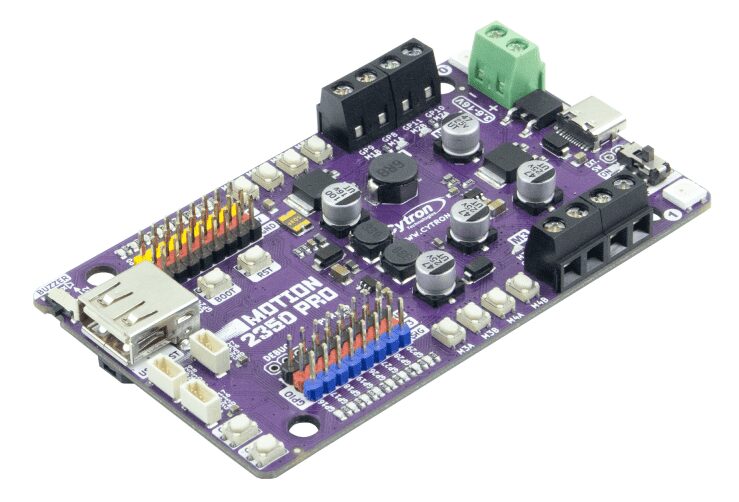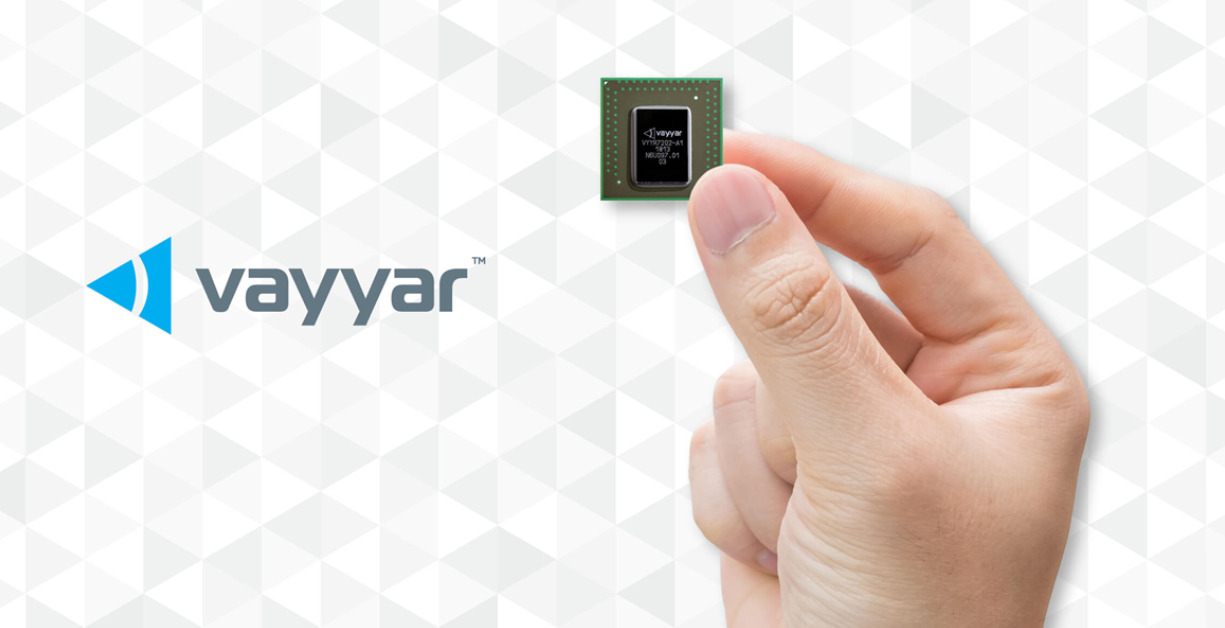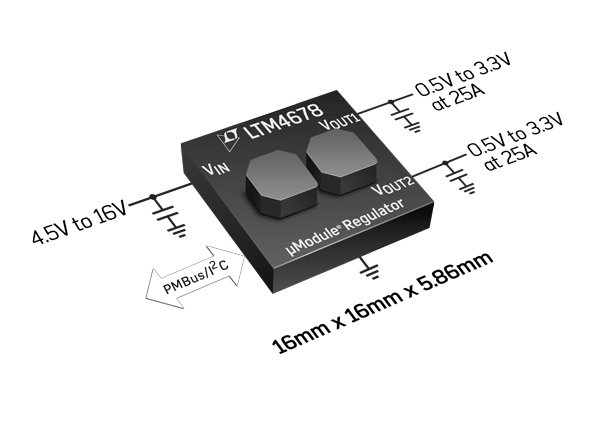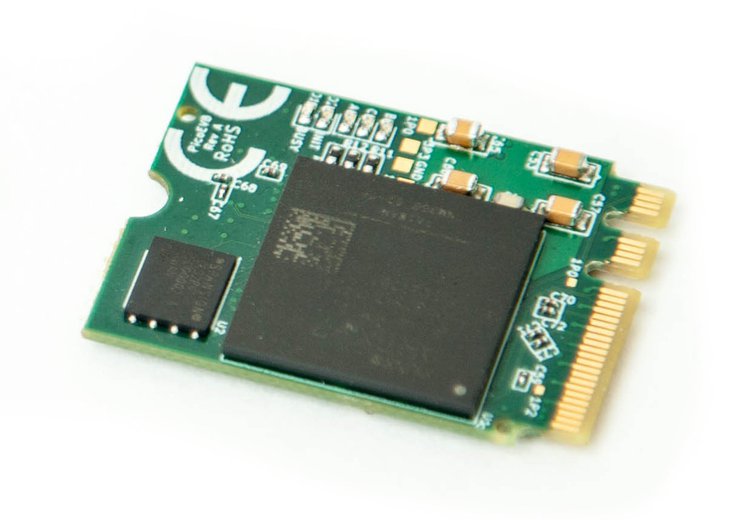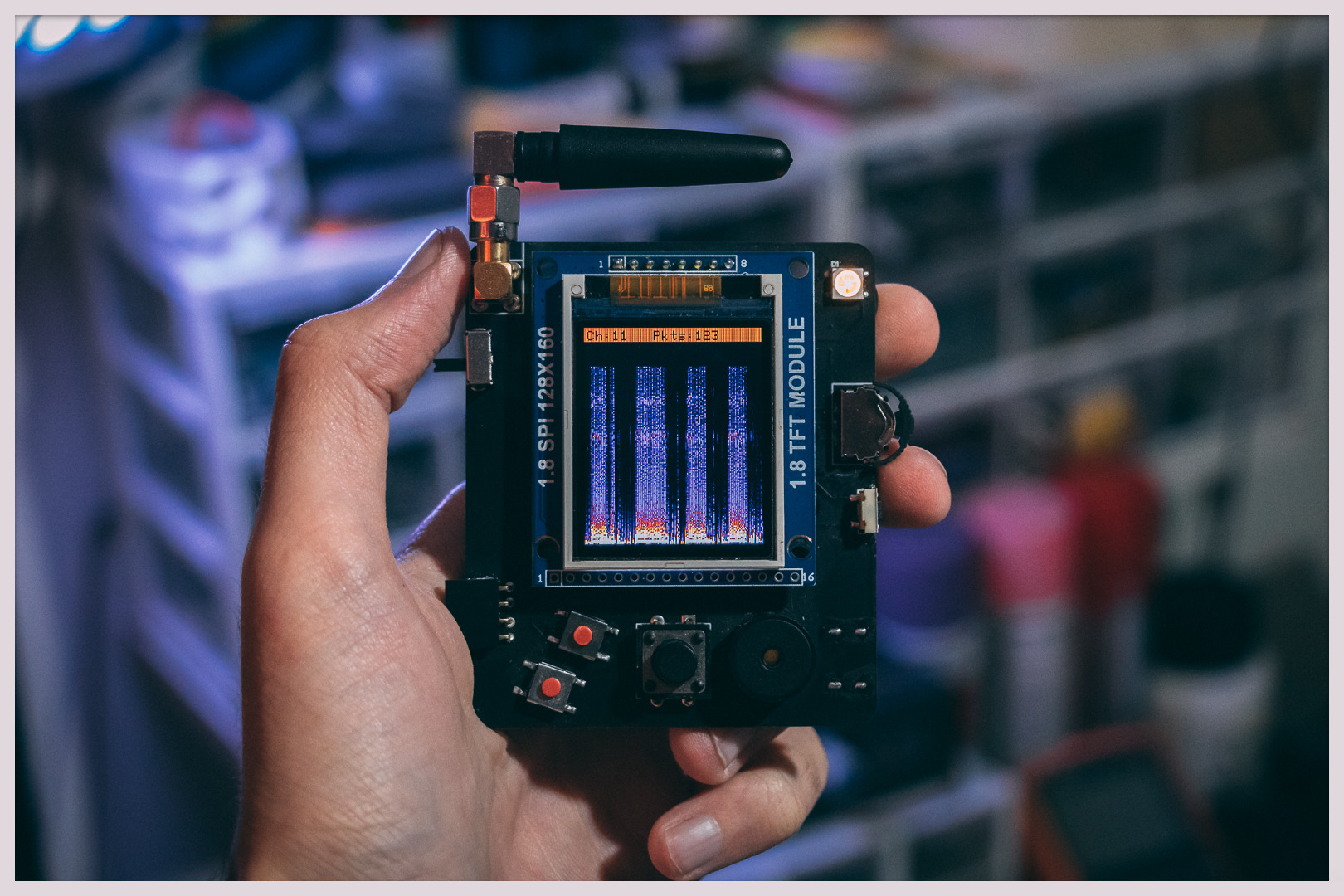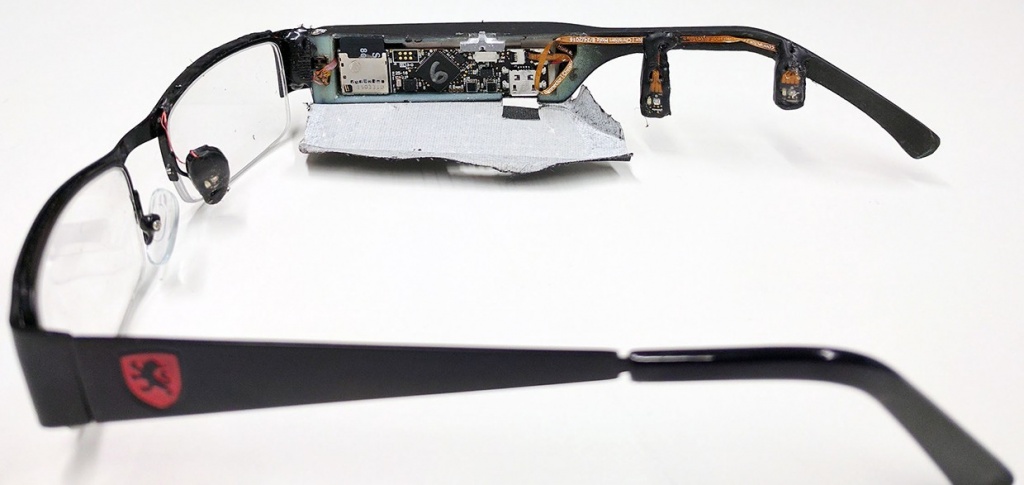
Medical conditions, specifically hypertension and heart problems require at-home blood pressure monitoring devices, and if you have frequent high blood pressure, you may need to monitor your blood pressure constantly. The use of devices like blood pressure inflatable cuffs can be inconvenient and strenuous, but this could change. With the new Microsoft Glabella project glasses you can continuously monitor your blood pressure, without the need for inflatable cuffs and blood pressure monitoring will become less cumbersome for the user.
The Glabella project glasses looks like a conventional eyeglass, though designed with a thick frame. The thick frame houses some components like the processor and a 3-axis IMU (inertial measurement unit). Those components are used in conjunction with the optical and pulse sensors to indirectly check the users blood pressure. Prototype of this glasses have been tested, with the optical sensor located on the bridge of the nose and the pulse sensor located on the side of the head. They continually measure pulse waves at three different locations on the users face, and then calculate blood pressure. The glasses also collect data on physical activity, so can function as a 24/7 activity tracker. It is worthy to note that the sensors have only been shown to be accurate for taking systolic pressure when the heart is pushing the blood around the body.
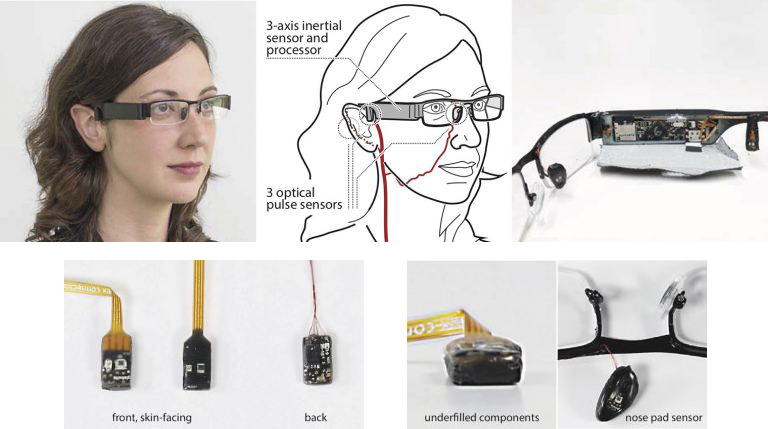
While it is generally considered to be more important than diastolic pressure, both readings have their use. Systolic pressure is better for determining your risk of having a stroke or heart attack. A high diastolic pressure, on the other hand is bad for the heart because it shows the heart is not relaxing enough, which can lead to other cardiovascular problems. The results of the tests are compelling because during testing, the subjects wearing the glasses achieved the goal of frequent blood pressure checks. Since the glasses don’t require the use of the cumbersome inflatable cuff, the subjects were much more likely to use the glasses consistently.
Even though there was a positive result from the testing which is promising, there is an issue which concerns the performance of the glasses. The issue is the need of the glasses for calibration, but don’t worry, Microsoft is working on a new version that improves this. They are also working on making the glasses slimmer and more efficient, and the plan on carrying out a clinical evaluation is coming soon. Whether we will see a commercial version of this product is not entirely clear. There have been cases of manufacturers who go ahead to patent a technology, and that technology never progress past the planning stage, or are ever released, and this makes it hard for others to develop the technology. Let’s keep our fingers crossed.






